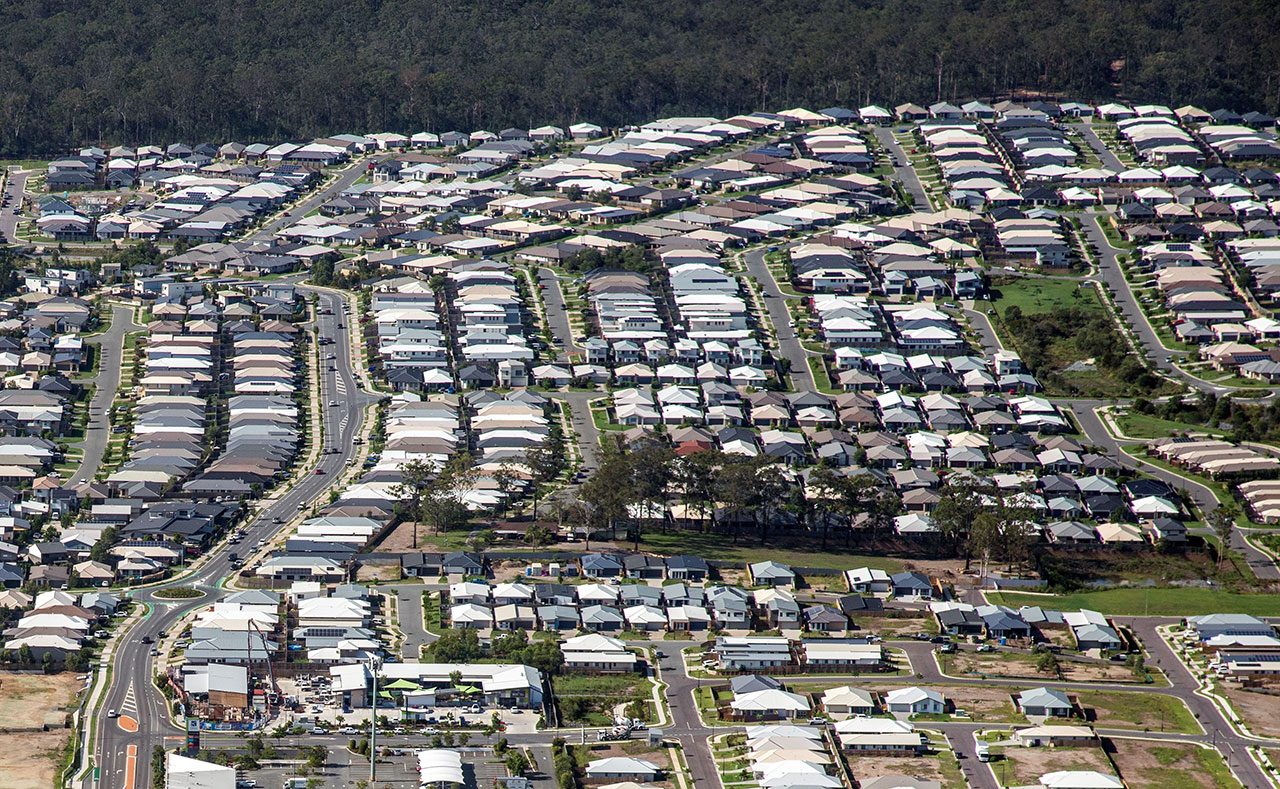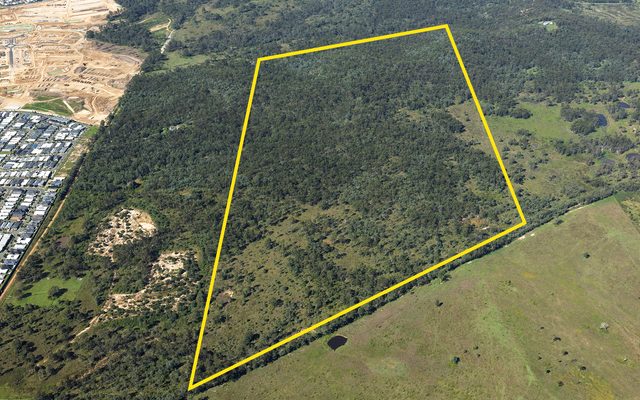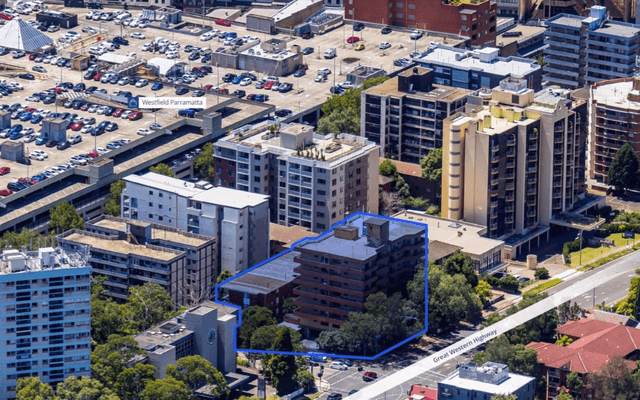This article is from the Australian Property Journal archive
OVER the last half century house prices across Australia’s capital cities have more than twice eclipsed wage growth.
According to new analysis from Money.com.au, over the last 50 years capital city house prices have grown by an average of 3,435%, compared to just 1,183% growth in median full-time wages.
While in 1975, house prices were four to five times the annual median wage, today it is around 12 times the median wage.
The widening gap was almost equally pronounced just 30 years ago, when in 1990 interest rates were at a peak of 17% and house prices were still just around five times the annual median wage.
“We can put to rest any debate about which generation had it easier. The Silent Generation and Baby Boomers bought homes when prices were just 4-5 times the median wage, while today’s families are paying double to triple that — clearly, it’s not about skimping on avocado toast or making coffee at home,” said Peter Drennan, research and data expert at Money.com.au.
Sydney has of course seen the greatest increase in housing prices across the nation, with an increase of 4,645% since 1975 when the median house price was just $34,300.
While in 2024, Sydney’s median house price is now at $1,627,625 or 19 times the median average wage up from just five times in 1975.
As a result, the average monthly mortgage repayment has also skyrocketed.
In 1975 servicing a mortgage took up 44% of the national median monthly wage, compared to today’s 143%.
“Even with two full-time incomes, buying an average house in Sydney today means facing house prices at 9.5 times the median wage,” said Drennan.
“Back in 1990, when interest rates were sky-high, the average monthly mortgage repayment in Sydney was 106% of the median monthly wage — meaning it’s tougher now than ever before.”
Brisbane followed Sydney, with a 3,801% increase in house prices over the last 50 years.
The median house price was just $23,700 in 1975 or four times the median annual wage, compared to today’s $924,498 or 11 times the annual wage.
With the average monthly mortgage repayment 81% of the median monthly wage compared to just 31% in 1975.
“The Brisbane housing market has taken off over the past 50 years, with standout growth spurts in the 1980s, during the early 2000s mining boom in North Queensland — when Brisbane cemented its standing as a business hub — and most recently during the pandemic with interstate migration,” said Mansour Soltani, property expert at Money.com.au.
In Melbourne, house prices have soared by 3,496% in 50 years, from $28,700 to $1,032,020.
Today’s median house price represents 12 times the median annual wage up from just four.
With the average monthly mortgage repayment up from 37% of the monthly median wage to 91%.
“Once an affordable city, Melbourne experienced huge growth in the 1980s and 1990s, fueled by a booming economy and an influx of new migrants,” added Mansour.
“By the 2000s, however, affordability concerns had emerged. Recently, Melbourne has seen people packing up and moving regionally or interstate.”
In Adelaide, the median house price has increased by 3,351% over the last 50 years, with the median house price up from $26,150 to $902,332 or 10 times the median annual wage compared to just four times.
With the average monthly mortgage repayment at 34% of the monthly median wage 50 years ago, compared to today’s 79%.
“While other states experienced boom-and-bust cycles, Adelaide’s housing market remained steady through the 1980s and 1990s, building its reputation as an affordable and reliable market,” said Mansour.
“It saw a slight cooling period during the GFC, but then picked up again. In the last 10 years, Adelaide’s property prices have surged by 112% — more than any other capital city.”
In Perth, the median house price in Perth has increased 3,075% from $24,500 to $777,921, or nine times the median annual wage, compared to four times.
The average monthly mortgage repayment in Perth was 32% of the monthly median wage, compared to today’s 68%.
“Perth’s housing market picked up in the late 1990s and then boomed in the early 2000s, driven by a strong resources sector,” said Mansour.
“Since then, the market has experienced periods of cooling as economic conditions shifted. Today, a shortage of housing supply has tilted the market in favour of sellers, pushing prices higher.”
In Canberra, prices have risen by 3,024% from 33,600 to $1,049,719 or 12 times the median annual wage compared to five times.
The average monthly mortgage repayment has grown from 44% of the median monthly wage to 92%.
“Once affordable and largely tied to public service jobs, Canberra’s property values began to climb in the 2000s as the city grew and attracted more people,” said Mansour.
“Limited land releases, stable employment, and steady migration have all contributed to rising prices. Population growth and government investments have kept demand strong, making Canberra one of Australia’s most resilient markets.”
Hobart saw 2,657% growth from $25,850 to $712,648, or eight times the median annual wage from four times back in 1975.
With the average monthly mortgage repayment 34% of the median monthly wage 50 years ago, while today it is 63%.
“Hobart is another capital city where prices have doubled, up 101%, in the last 10 years. That’s a sign of property price growth catching up in cities that remain relatively more affordable than Sydney, Melbourne, and Canberra,” concluded Mansour.




